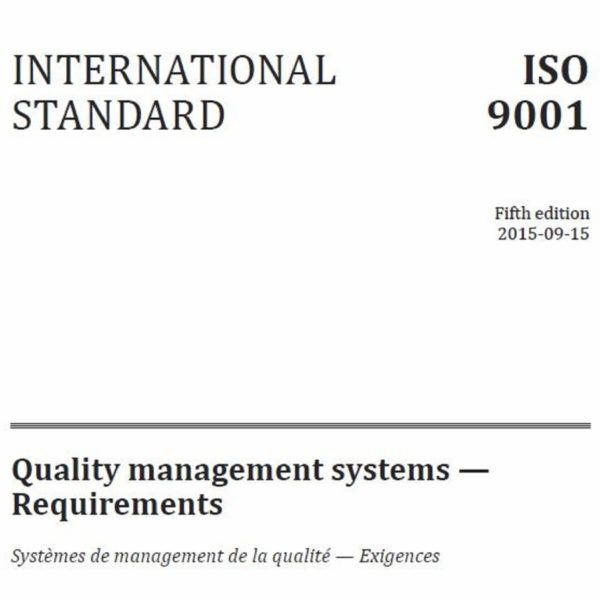5 Tips on What to Consider Before Localizing a Website
When taking a business global and considering offering a website in other languages (localization), it is important to understand the difference between the terms “Translation” and “Localization”. These are often used interchangeably but there are important differences between them.
Translation is the process of replacing the original language with the target language version. Localization includes not only translation but also adaptation of materials for foreign markets. The localization process should first ensure that the material says the right thing in the target language. Second, it should also make sure that the text will function well in another culture. This means, among other things, assessing product names (so they do not come close to something inappropriate in the target language), colors used for cultural implications, changing formats of time, date, telephone numbers and changing measurements. The result should read and look not like a translation but rather a product that was originally created for the target audience.
Here are 5 tips on what to consider before making the decision to localize a website:
1. Language(s). If a business only targets one geographic area, the language of choice will be obvious. However, what to do if there are multiple languages to consider? What if the effort needs to target existing customers as well as potential customers? Usually, starting by connecting with audience across the regions in which a business is already active is good practice. That way, current partners can also serve as resources for perfecting the content of the web information.
2. Pages to translate. The first pages to be localized are usually product/services/solutions pages, as well as landing pages and marketing items. It is generally not necessary to translate everything right off the bat.
3. Timing Strategy. Localizing randomly or as needed usually does not produce the best consistency results. The optimal solution is to have a strategy for localization where text is processed either in logical content batches or by languages. This works better not only for quality but also for cost. When processing all content in one language, first, savings realized from repetitive content and/or volume are much more likely.
4. Content. Writing content specifically for localization often works better than using already existing content. There are ways of optimizing content for localization, such as writing shorter sentences, avoiding ambiguity, using pre-approved terminology, describing one concept with one word or a limited number of words. Working with a qualified language services provider will help distinguish between the individual types of content to be localized and to make most out of this process.
5. Format. Web content can exist in different formats – web pages, images, graphic content, script, etc. Localization, translation of web application user interfaces and testing of localized websites are all parts of the localization solution and effort to manage the web content, publish the site and maintain and update it in the future.
Localization also focuses on how the target users will eventually access the target language content. This can be through a menu on a home page, a button, or even by using a completely separate domain name.
Users around the world prefer to receive information about a product or service online, in a version relevant to their market and in their language. Psychologically, they are also more likely to be attracted to such product or service and, ultimately, more likely to buy. While entering global markets can be challenging and expensive, localization is an investment with a very high rate of return.






